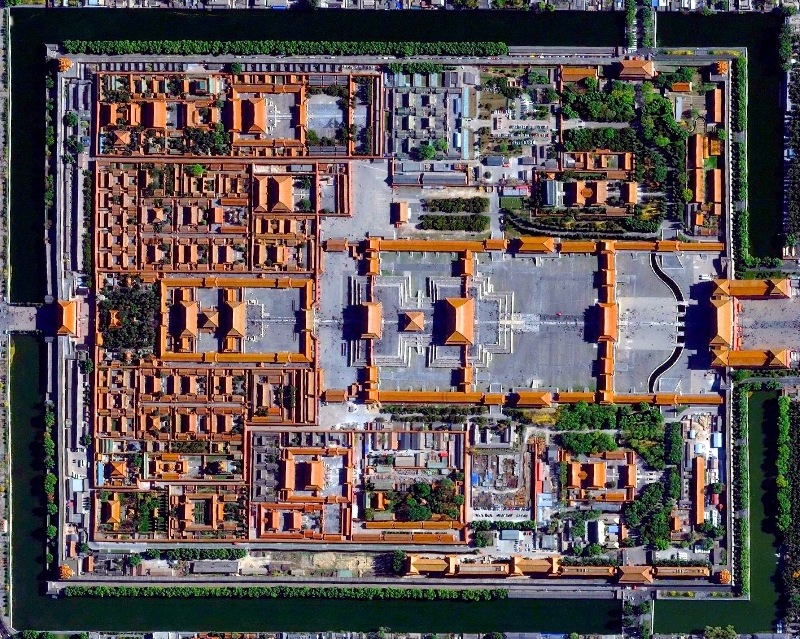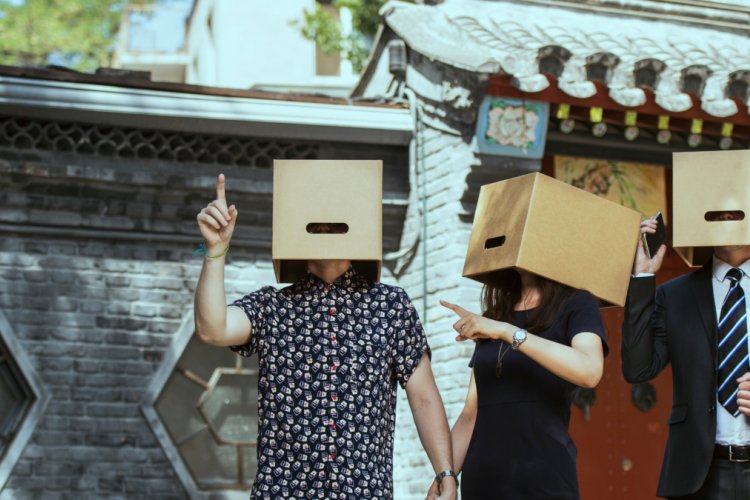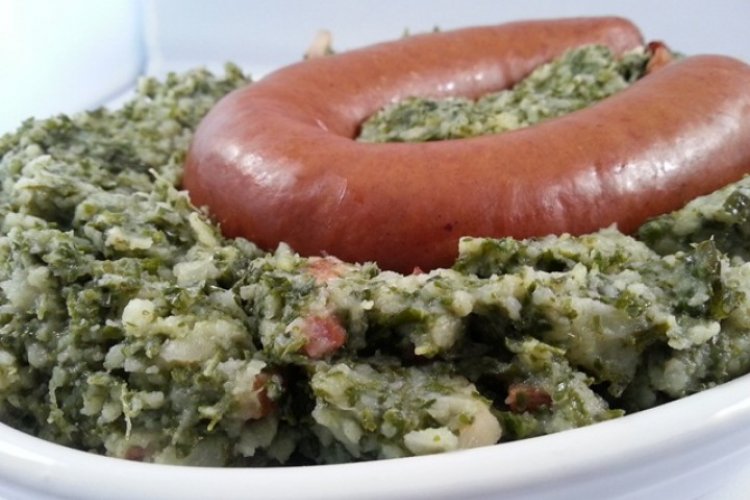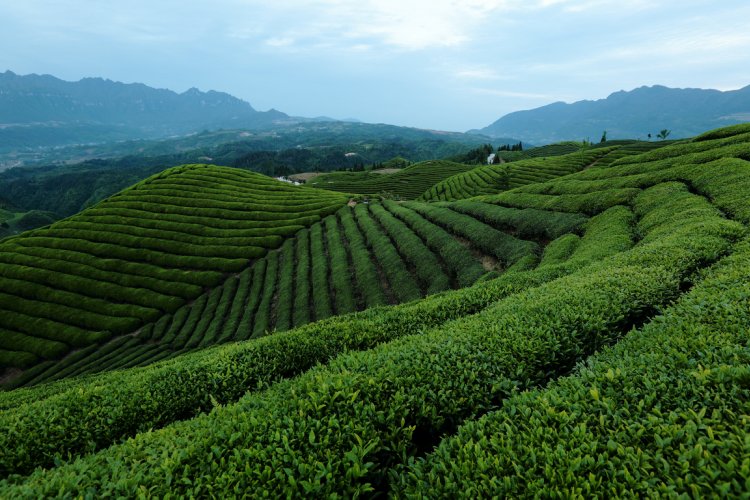What's in a Name, Anyway?: Why the Forbidden City Isn't So Purple After All
The Forbidden City is perhaps Beijing’s most famous urban landmark. Each year, millions of tourists queue up for a chance to walk the corridors and palaces which were once home to 24 different emperors of the Ming and Qing Dynasties.
It is also a place which goes by many names.
The first time I tried to go to the Forbidden City almost ended in epic failure because of this. It was my first summer studying in Beijing and wanting to experience a bit of the local culture I trekked down from Haidian to the city center looking for the Forbidden City. Seemed easy enough. My map said it was to the north of Tiananmen Square but all I found were high red walls. Having come all the way, I was stymied as to where, exactly, was this world-famous UNESCO landmark.
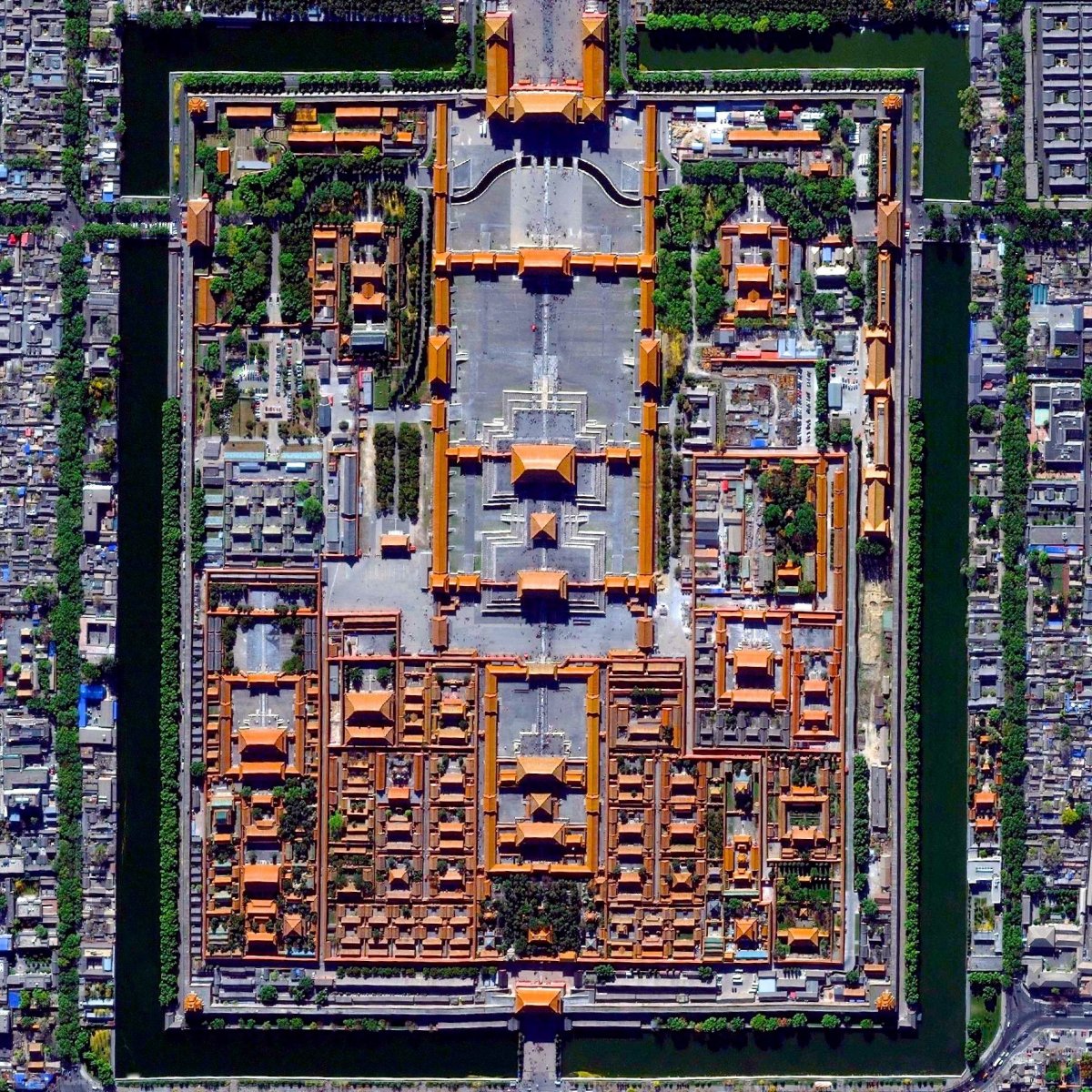
Attempts to chat up locals to gain a little insight into the whereabouts of the magnificent palace crashed and burned. In my best academic Chinese, I kept asking for the location of 紫禁城 zǐjìn chéng, the historical translation of “Forbidden City.”
Of course, nobody in Beijing actually calls it that. They all responded to my increasingly frantic inquiries – which by the fourth or fifth iteration had begun to include hand drawings and an improvised street performance of an official bowing to the emperor – the same way: “You mean, the Old Palace (故宫 gùgōng)? It’s right over there. Like RIGHT. OVER. THERE.”
Needless to say, it took me a while to finally get inside.
But what's in a name? The name I kept calling it, zijin cheng, is the historical name for the palace and is made up of three components.
The first character 紫 zǐ is the most interesting part of the name. It can mean purple but it also refers to the North Star, Polaris. Chinese astronomers traditionally divided the night sky into 28 constellations (or “heavenly mansions”) among three distinct regions, one of which, centered on the North Star, was known as the 紫微垣 zǐwēi yuán. According to Chinese mythology, this was the home of the Celestial Emperor. There was a certain cosmic logic in all of this. To an earthbound observer looking into the stars, it would have seemed that throughout the year all of the heavens revolved around this universal pivot point.
As the ziwei yuan was the center of the Heavens, it was reasonable that the “Son of Heaven” should live at the center of this world. The term 紫 zǐ came to represent the emperor’s palace.
The second character, 禁 jìn is the part usually translated as “Forbidden” and refers to the exclusivity of the imperial palace for all but the dynastic family, select officials, guards, and staff. The high walls and moats of the palace would have discouraged all but the most determined interlopers.
The third character, 城 chéng, can refer to any large walled enclosure, it’s the same word used to describe a city that makes sense for a palace with a total area of over 725,000sqm. And so, in English, 紫禁城 zǐjìn chéng becomes: "The Forbidden City."
(The zi character often gets dropped from the English rendering, although tour guides will sometimes confuse their clients by calling the place the "Purple Forbidden City.")
Since 1912, the palace has been known, as I found out on that first visit, mostly as 故宫 gùgōng, “The Old Palace" which is also part of the official name adopted when the palace opened as a museum in 1925: 故宫博物院 gùgōng bówùyuàn literally “The Museum at the Old Palace” but which often gets translated simply as “The Palace Museum.”
Whatever the name, from 1421 until 1924 the Forbidden City was the home of the emperors and the symbolic heart of Beijing ... or should we call it Peking?
READ: Imperial Build: Meet the US Architect Who Built the Forbidden City Entirely Out of Lego
Photo: Digital Globe (via Arch Daily)
Related stories :
Comments
New comments are displayed first.Comments
![]() WaqarOptimist
Submitted by Guest on Tue, 01/09/2018 - 00:31 Permalink
WaqarOptimist
Submitted by Guest on Tue, 01/09/2018 - 00:31 Permalink
Re: What's in a Name, Anyway?: Why the Forbidden City Isn't...
Awesome write-up.Enjoyed reading it.
Validate your mobile phone number to post comments.

